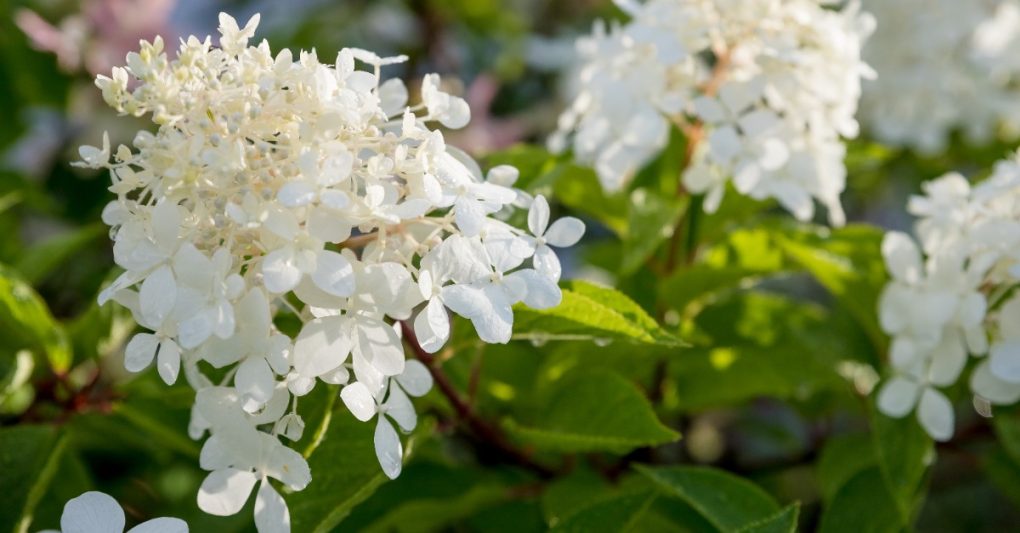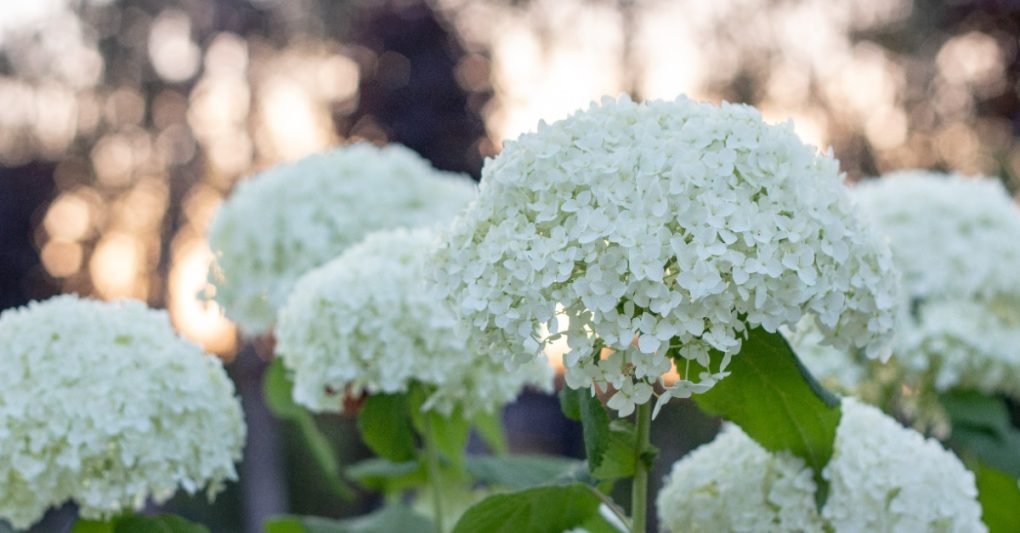Hydrangeas That Don’t Attract Bees: A Guide
Hydrangeas are a popular choice for gardeners who want to add a touch of elegance to their outdoor space. They come in various colors and shapes, making them a versatile and beautiful addition to any garden. However, for those who are concerned about attracting bees, not all hydrangeas are created equal.

While some varieties of hydrangeas are known to attract bees, others are less likely to draw in these pollinators. There are a few options for those looking for a hydrangea that won’t attract bees. First, by choosing the right type of hydrangea, gardeners can enjoy the beauty of these plants without worrying about attracting unwanted guests.
So, which hydrangeas do not attract bees? According to experts, some of the best options include oakleaf hydrangeas, panicle hydrangeas, and smooth hydrangeas. While all three types of hydrangeas are beautiful and can add a touch of elegance to your garden, they tend to attract fewer bees than other varieties.
Table of Contents
Hydrangeas that Do Not Attract Bees
While hydrangeas are known for their beautiful blooms, some people may be concerned about attracting bees to their garden, but several varieties of hydrangeas do not attract bees.

The following hydrangeas are known for not attracting bees:
| Hydrangea Variety | Reason for Not Attracting Bees |
| Oakleaf Hydrangea | Flowers are not very fragrant and do not produce much nectar |
| Panicle Hydrangea | Flowers are not very fragrant and do not produce much nectar |
| Smooth Hydrangea | Flowers are not very fragrant and do not produce much nectar |
| Mophead Hydrangea | While Mophead hydrangeas do produce nectar, their flowers are sterile and do not attract bees |
It is important to note that while these hydrangeas do not attract bees, they can still attract other pollinators such as butterflies and hummingbirds. Additionally, bees play an important role in pollinating plants and should not be seen as a nuisance.
When selecting hydrangeas for a garden, it is important to consider the specific needs and preferences of the gardener. The varieties listed above may be a good choice for those concerned about attracting bees. However, for those who want to attract pollinators to their garden, many other varieties of hydrangeas can provide a food source for bees and other insects.
Factors that Attract Bees to Hydrangeas
Hydrangeas are known for their beautiful flowers, but did you know they can also attract bees? Bees are important pollinators that help plants reproduce, but they can also be a nuisance if you are allergic or do not want them around. Here are some factors that can attract bees to hydrangeas:
Flower Color
Bees are attracted to bright colors, especially shades of blue, purple, and pink. Hydrangeas come in various colors, but the ones most likely to attract bees are those with blue or purple flowers. If you want to avoid attracting bees, you may want to consider planting hydrangeas with white or green flowers.

Nectar Production
Nectar is a sweet liquid that flowers produce to attract pollinators like bees. Hydrangeas with high nectar production are more likely to attract bees than low ones. However, not all hydrangeas produce nectar; some even have sterile flowers that do not produce nectar or pollen. If you want to avoid attracting bees, you may choose a hydrangea variety known to have low nectar production.
Fragrance
Bees are also attracted to the fragrance of flowers. Some hydrangeas have a strong, sweet fragrance that can attract bees from a distance. If you want to avoid attracting bees, choose a hydrangea variety with little to no fragrance.
Overall, if you want to avoid attracting bees to your hydrangeas, you may want to choose a variety with white or green flowers, low nectar production, and little to no fragrance. However, remember that bees are important pollinators and play a crucial role in our ecosystem, so having some bee-friendly plants in your garden may be beneficial.
Tips for Avoiding Bees on Hydrangeas
While bees are important for pollination, some people may want to avoid them when enjoying their hydrangeas. Here are some tips for avoiding bees on your hydrangeas:
● Choose hydrangea varieties that are less attractive to bees. Some examples include Oakleaf Hydrangea, Panicle Hydrangea, and Smooth Hydrangea.
● Plant hydrangeas in areas where bees are less likely to be, such as in the shade or away from other flowering plants.
● Plant hydrangeas away from areas where people will be spending time, such as patios or outdoor dining areas.
● Trim off any dead flowers or leaves on the hydrangea, which can attract bees.
● Consider using insect repellents or sprays to deter bees from the area.
It’s important to note that while these tips can help reduce the presence of bees on your hydrangeas, it’s impossible to eliminate bees from your garden. Bees are crucial in pollinating plants and an important ecosystem part. If you encounter bees while enjoying your hydrangeas, it’s best to remain calm and still, as bees are less likely to sting if they do not feel threatened.
